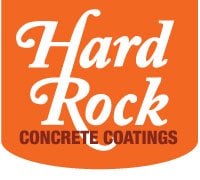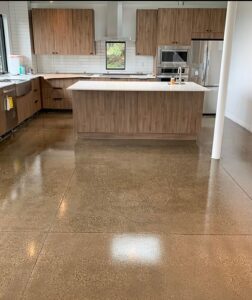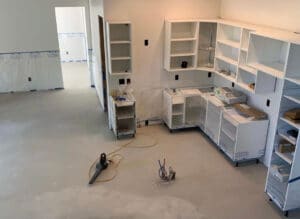Concrete is one form or another has been used for thousands of years as a building material. Decorative concrete is becoming more and more popular in our society, but what we’re seeing is simply a comeback of ancient practices. Modern concrete is made to last for about 50-100 years, which is longer than most other building materials, but it’s weak compared to ancient forms of concrete. Buildings like the Pantheon and other ancient structures are still standing today, thousands of years after they were built, so what’s the secret? Answering this question is the key to building stronger concrete for our day, and it’s something that scientists are beginning to understand.
Portland Cement’s Shortcomings
Portland cement is the most common base used for modern mixtures, including stucco, mortar, and grout, along with concrete. Portland cement is made mostly from ground limestone, with other chemicals and aggregates added depending on what the mixture is used for. When water is mixed with Portland cement, a chemical reaction occurs that causes it to begin to harden. Once hardened, portland cement lasts for about 50-100 years, but it is subject to damage over this time, especially when exposed to moisture and other elements.
Manufacturing Portland cement is taxing to the environment because of the amount of CO2 produced, especially when you consider it is one of the main building materials used worldwide. Even with these shortcomings, Portland cement remains a top option for construction because it’s more environmentally friendly, less expensive, and more durable than other options.
Roman Concrete Offers Solutions
The secret to why ancient Roman concrete was so much stronger than the Portland cement mixture has everything to do with its composition and production techniques. The Romans also used lime in their cement mixture, but they used a lot of volcanic ash as well. The mixture was packed into wooden forms, similar to our methods, but then the chemical reaction was activated using seawater.
The ash and lime both reacted to the seawater, forming very hard durable concrete. This method obviously worked very well, since structures built from this type of cement are still standing, even after being constantly exposed to water and other elements. The Romans accomplished all of this without taking a large toll on the environment or depleting their natural resources.
Incorporating These Ideas
By breaking down the composition of the cement and decoding Roman’s production methods, we’re beginning to see how we can improve modern cement-making practices. Researches work at changing the chemical composition of cement to include the same ingredients that the ancient Romans used, such as volcanic ash. Manufacturing cement in the same way the Romans did has also shown to produce less CO2, so that’s good news for the environment as well. Over time, these discoveries will lead to stronger, longer-lasting, more earth-friendly options for our favorite building material.



